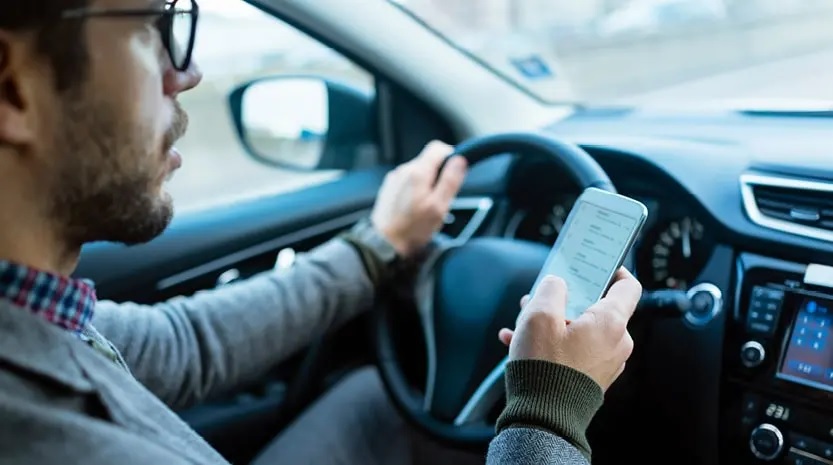Distracted driving isn’t just dangerous—it’s deadly. In the U.S., over 3,000 people die yearly in crashes caused by drivers who weren’t paying attention. Legally, these cases are tough to prove. Unlike DUIs, there’s no instant test for distraction. Socially, the ripple effects—lost lives and grieving families— underscore the need for serious action.
That’s why strong evidence matters. After a distracted driving crash, reconstruction and digital proof can mean the difference between justice and a guilty driver walking free. Without it, victims and families lose twice.
The Legal Challenges in Proving Distracted Driving
Distracted driving cases face a significant hurdle: no breathalyzer or blood test can confirm it. While drunk driving leaves measurable evidence, proof of distracted driving vanishes the second a driver looks up. Many drivers deny being distracted, even when witnesses see them on their phones. Without concrete proof, these cases often become frustrating “he said, she said” battles.
Courts need more than just suspicion—they demand solid evidence. Phone records, traffic cameras, and crash data help, but they’re not always available. That’s why building a strong case requires a thorough investigation. Without it, dangerous drivers escape consequences, putting everyone at risk.
Types of Strong Evidence in Distracted Driving Cases
Building a solid distracted driving case requires multiple forms of proof.
- Digital Evidence: Phone records are extremely useful. These can show call logs, text messages, and even data on which apps were in use right before a crash. Screen-time data from devices can also reveal if a driver was actively using their phone.
- Witness Testimony: People who saw the crash can provide crucial details. This includes passengers in the distracted driver’s car, other drivers on the road, or even pedestrians. Sometimes, traffic cameras capture the moments leading up to an accident.
- Vehicle Data: Modern cars often have “black boxes” or event data recorders. These devices can record information such as sudden braking, erratic speed changes, or steering inputs just before impact, indicating driver inattention.
- Police Reports: Police officers’ observations at the accident scene are also important. They might note if a driver had a device in their hand or if their posture suggested they were looking down rather than at the road.
Each of these plays a role. Together, they help paint a fuller picture of what happened during the crash.
Consequences of Weak Evidence: Loopholes and Unjust Outcomes
When evidence in a distracted driving case is weak, it creates serious problems. Cases can be dismissed without enough proof, even if a driver was clearly at fault. This allows repeat offenders to avoid accountability, potentially allowing them to continue driving unsafely.
For victims, weak evidence can lead to devastating outcomes. They may lose their chance to get fair compensation for their injuries and damages because they cannot clearly show that the distraction caused the crash. This also means justice is not fully served. When distracted drivers avoid being held responsible, it poses a risk to public safety, as there’s less incentive for them to change their dangerous habits.
How Strong Evidence Strengthens Deterrence and Policy
Strong evidence plays a vital role in making our roads safer. When clear and reliable evidence is presented, it supports stricter penalties for distracted driving and allows for more consistent enforcement of existing laws.
Cases built on solid data and clear proof also set essential examples for future legal actions. These successful cases create precedents, making it easier to hold distracted drivers accountable in similar situations. Most importantly, knowing there’s a strong chance of being caught with concrete proof encourages real behavioral change among drivers.
